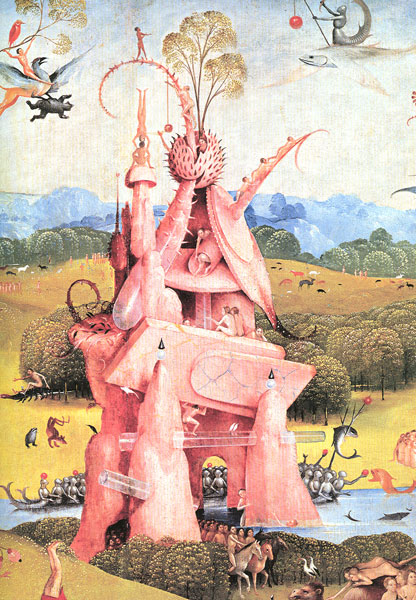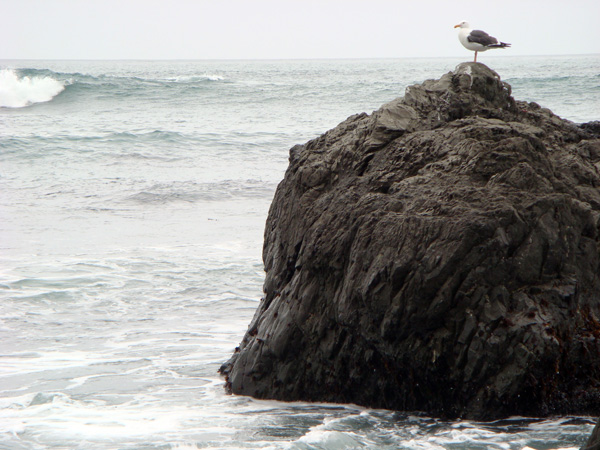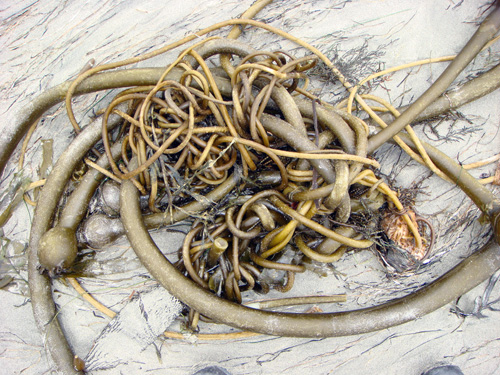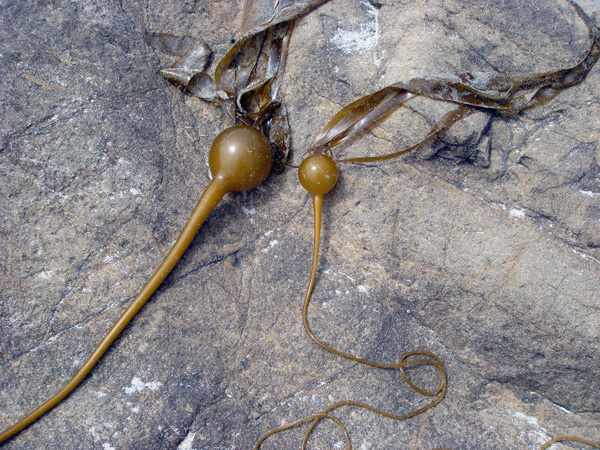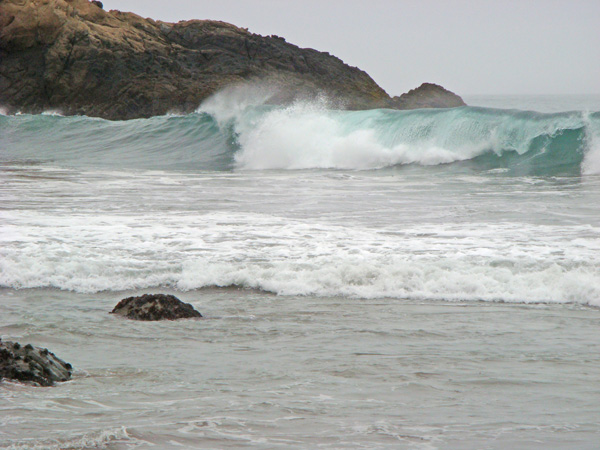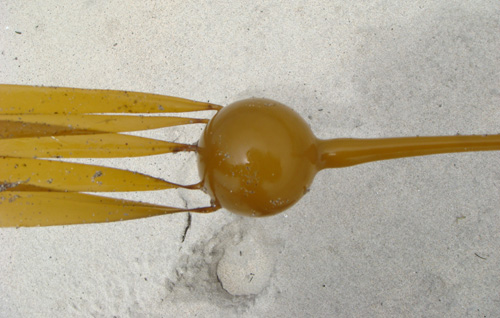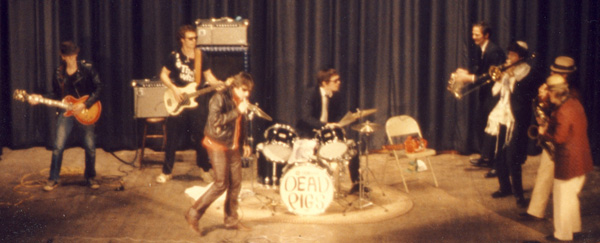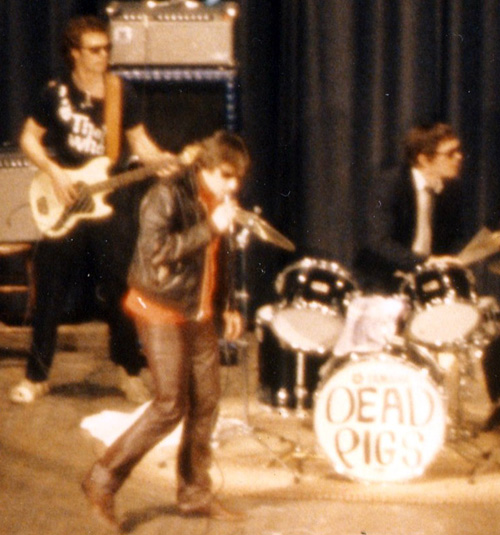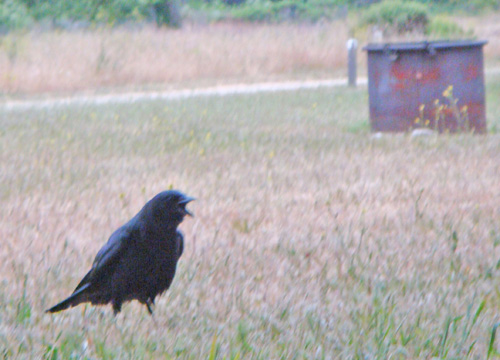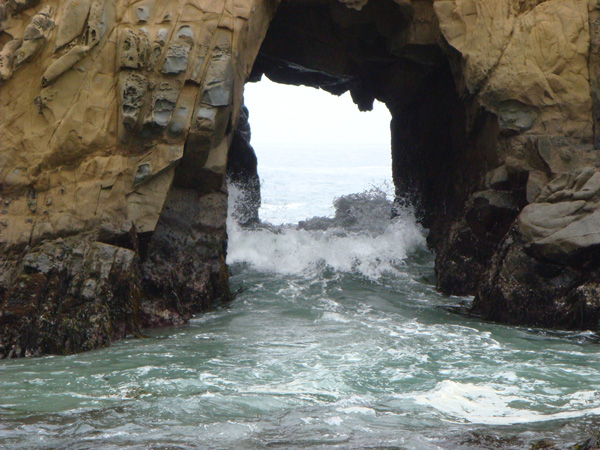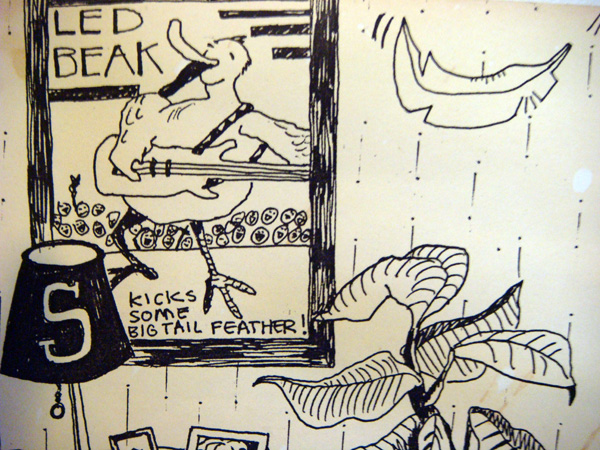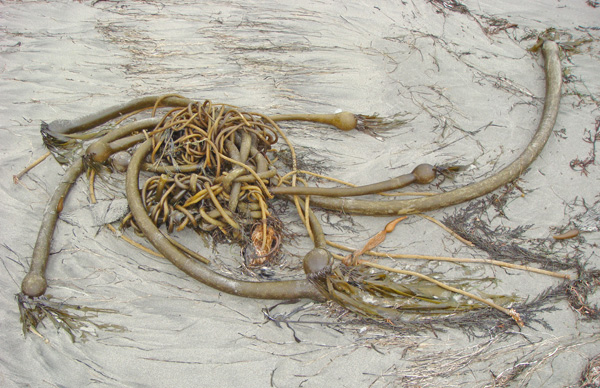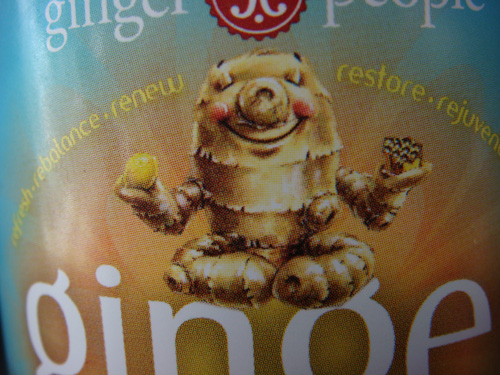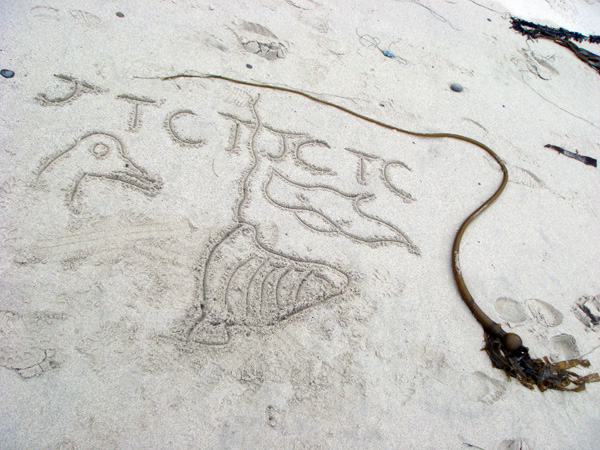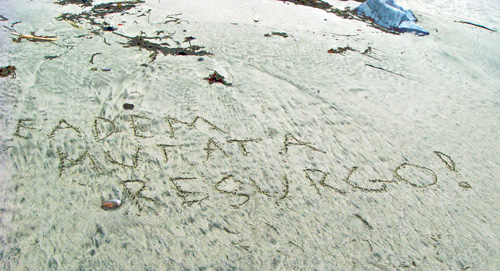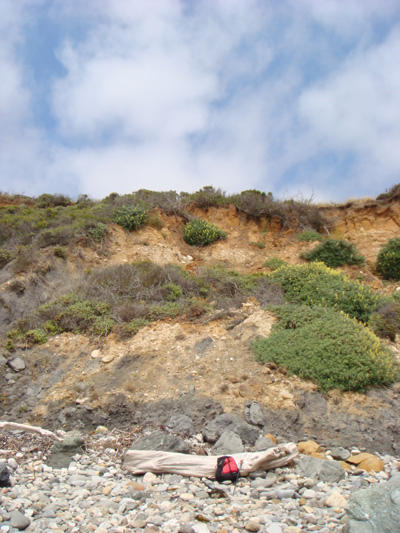Where have I been? My wife and I went at our fortieth reunion at Swarthmore College, visited daughter Georgia and family in NYC, and then we flew to Paris, rented a car and drove to the southwest of France in Caunes near Carcasonne and the Pyrenees for a two-week painting workshop with Glen Moriwaki.
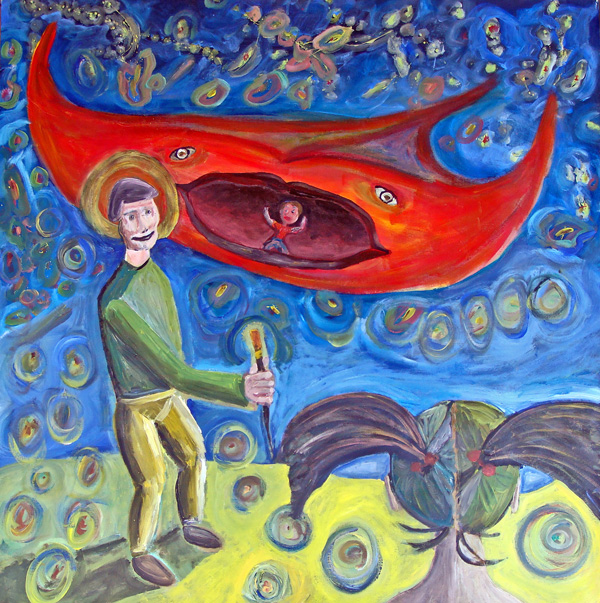
I got about five paintings done; one of my favorites is called Hylozoic like my novel. It’s a square meter.

And another favorite is a Theibaud and Hockney influenced landscape called South of France. Wanted to show these two right off, the “big fish” I caught on my expedition. I’ll write more about the painting workshop in a later entry. But today I’ll talk about the journey itself.
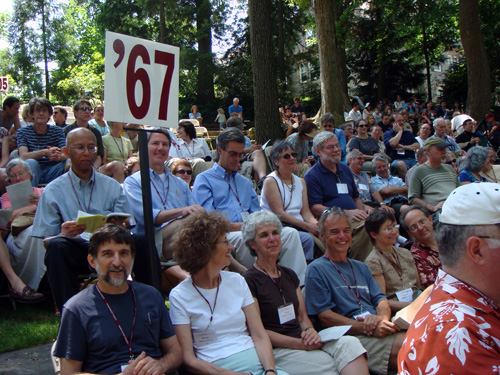
At Swarthmore, we did an alumni parade and then were herded into our lovely old commencement amphitheater for a series of talks. Sadly the programming of this alumni event was in the hands of money-grubbing morons. The Alumni Association works hand in glove, or in some even more intimate fashion, with the multiple-layered and ever-expanding bureaucracy that has turned the college into a business for generating money for hiring ever more administrators.

[Iron crabs hold up the “Cleopatra’s Needle” obelisk in Central Park behind the Met.]
After the money-raising talks, my classmates and I were wondering if we were the only class perennially in the grip of reflexive rebelliousness. Perhaps it has to do with the fact that when we graduated, our government wanted to send us to the slaughtering-fields of Viet Nam. They said we were cowards not to go.

[A corner of Chartres cathedral.]
I dream that my classmates and I can plan an insurrection for our 50th reunion. We could drive the money-changers from temple; usurp the stage and speak of art, science, and philosophy. Play some music. Dance and tell jokes. Be silly and sentimental. Give the finger to the establishment one more time. Perhaps our 50th reunion class gift can be a detailed plan for how to cut the number of administrators by half…

After the reunion, we visited daughter Georgia and her husband Courtney and their daughter in NYC.
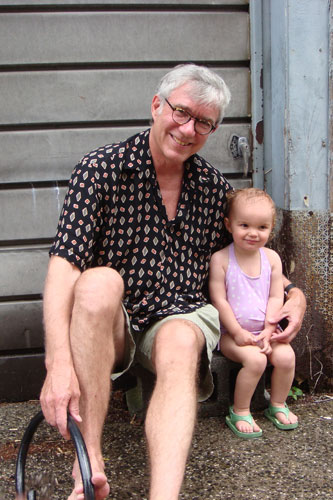
My granddaughter!

On the way south we spent nights in Chartres, Tours, Rocamadour, and Carcassonne.

[A wall in Chartres. Gnarly ivy.]
The windows at Chartres were wonderful, dating back to the 11th or 12th century.
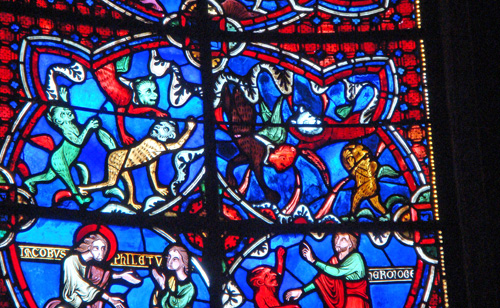
[This and the next glass image are from the lesser known but awesome Gothic cathedral in Bourges; these windows also from the 12th century.]
I liked thinking the windows are nearly a thousand years old. We even took a little tour, and the guide pointed out that in the Middle ages most people didn’t read, so the cathedral itself was like a book, with the key facts of the religion on display.
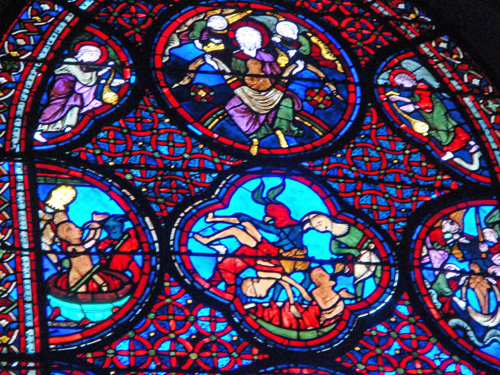
The ultimate Sunday funnies. He showed us how to read the windows; bottom row to top row, often reading each row left to right.
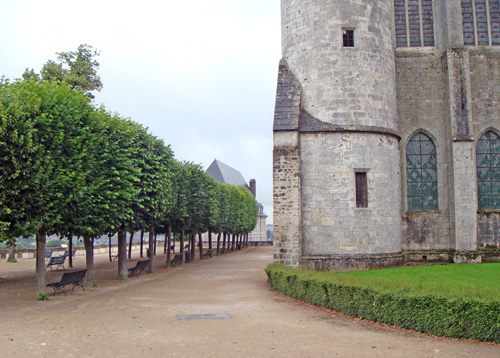
Stained glass windows are a great medium, a very heavy means of information transmission. Like runes or glyphs. And so psychedelic. In another church I sat with the sun shining through a stained glass window onto my face and slowly the colors against my eyes changed as the sun moved across the sky.
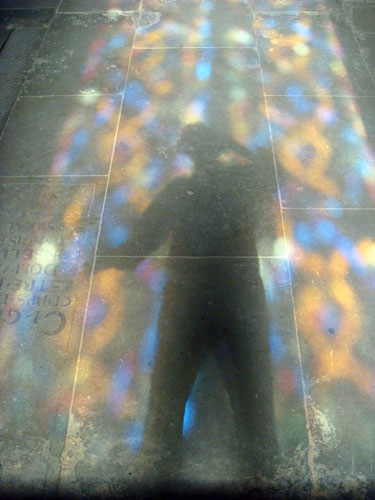
Standing, I was outlined in colored light.

The portals of the cathedral are ringed with sculptures. I found one alien-like beast, but the guide said it was just a scorpion, for the zodiac sign.
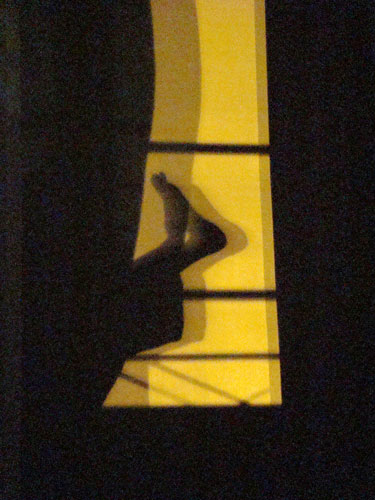
In Tours we had a nice cheap room overlooking a square. I had 3 a. m. jetlag there, light from the square through the window, content to look at my foot’s shadow.
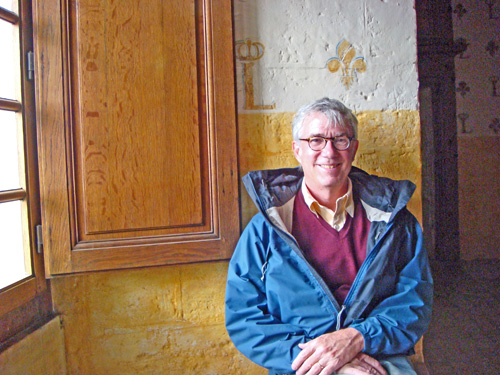
The big thing in Tours is to drive out and see castles of the Loire. We picked off Chateaudun and Chenonceau in particular.

Chateaudun was off the beaten track and medieval. I love the conical tower and the conical-trimmed trees. And a crow in the air.

It rained at the castles. Inside a hall in Chateaudun they had a stone stag over a fireplace that segued into a stuffed stag’s head.

Peaceful and quiet.
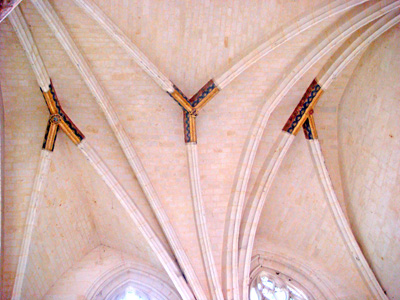
Asymmetric arches in the chapel.

Chenonceau was the best, with a long leafy entrance path. The castle stretches across the Loire, a shallow not all that wide river. It has a long ball room set onto what was once a bridge.

Amazing formal gardens.

This was a very romantic day, the clouds coming and going.

Sylvia looked so cute in her white raincoat.

A rose garden on one side of the castle.
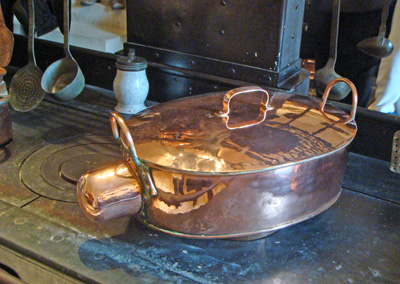
In the basement kitchen a special pan for roasting pigs, with snout-extension.

A beautiful little canal with plane trees growing next to it. I’d like to paint this.

Rocamadour was a wild card that I found in the guidebook.
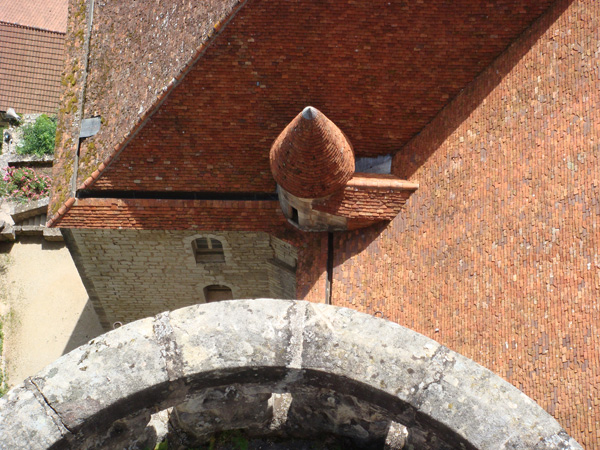
A bunch of chapels set into a cliff, with a castle on top and a little town at the base.

Incredible clouds behind the lacy towers.
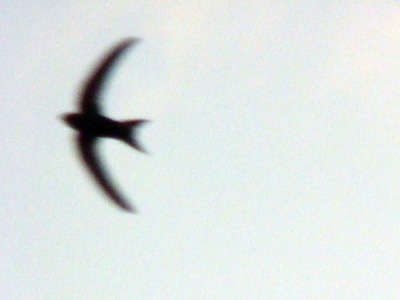
Tons of swallows busy in the air all the time—swallows around all the castles, as a matter of fact.
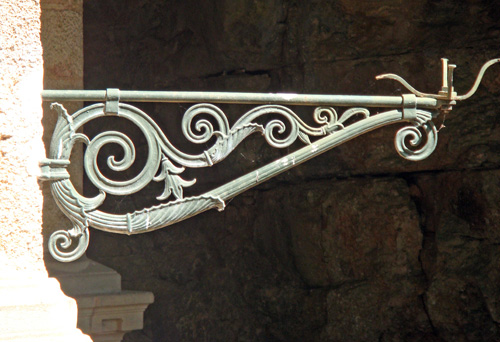
Incredible iron work.

We hit the freeway to head further south. Note the rhino on the hay truck mudflap.









